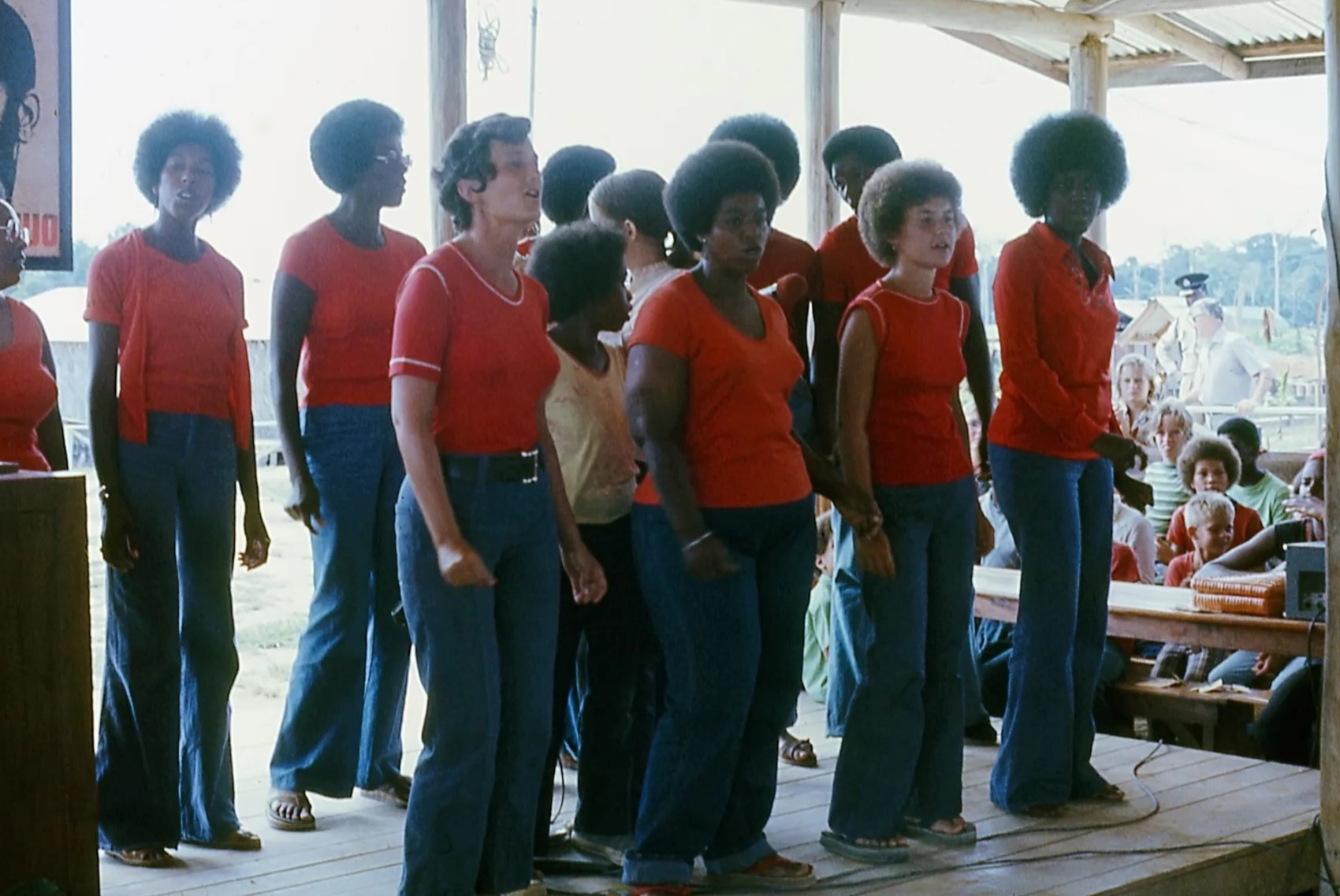
Curious about the Peoples Temple? This infamous group, led by Jim Jones, has a history that's both chilling and complex. Founded in the 1950s, the Peoples Temple started with ideals of racial equality and social justice. However, it took a dark turn, culminating in the tragic events of Jonestown in 1978. What happened at Jonestown? Over 900 members died in a mass murder-suicide, a shocking end to what many thought was a utopian community. Why did people join? Many were drawn by promises of a better life and a sense of belonging. Ready to learn more? Here are 37 facts that shed light on the rise and fall of the Peoples Temple.
Key Takeaways:
- Jim Jones founded Peoples Temple in 1955, aiming to create a racially integrated church promoting social justice. The tragic events of November 18, 1978, serve as a reminder of the dangers of cults and charismatic leaders.
- The story of Peoples Temple offers lessons about critical thinking, recognizing cult behavior, and the impact of media scrutiny. Research into the events continues to provide new insights and understanding.
Origins of Peoples Temple
Peoples Temple, founded by Jim Jones, is a subject of intense interest and speculation. Here are some fascinating facts about its beginnings and evolution.
-
Jim Jones founded Peoples Temple in 1955 in Indianapolis, Indiana. Initially, it was a racially integrated church promoting social justice.
-
Jones was inspired by Marxism and wanted to create a utopian society. He believed religion could be a vehicle for social change.
-
The church was originally called "Wings of Deliverance" before being renamed Peoples Temple.
-
Jones adopted children of different races, calling them his "Rainbow Family." This was a statement against racial segregation.
-
Peoples Temple moved to California in the 1960s. The relocation aimed to expand their influence and escape scrutiny.
Growth and Expansion
As the church grew, it attracted thousands of followers. Here are some key points about its expansion.
-
By the early 1970s, Peoples Temple had several locations in California, including San Francisco and Los Angeles.
-
The church was known for its social programs, including free meals, medical care, and housing assistance.
-
Jones gained political influence by aligning with prominent politicians and community leaders.
-
Peoples Temple had a strong media presence, often appearing in newspapers and on television.
-
The church's membership peaked at around 5,000 people in the mid-1970s.
Move to Jonestown
The move to Jonestown in Guyana marked a significant chapter in Peoples Temple history. Here are some facts about this period.
-
Jonestown was established in 1974 as a remote agricultural commune in Guyana, South America.
-
The settlement was named after Jim Jones and intended to be a socialist paradise.
-
Over 900 members moved to Jonestown in the late 1970s, seeking to escape perceived oppression in the United States.
-
Life in Jonestown was harsh. Members worked long hours in the fields and lived in crowded conditions.
-
Jones controlled communication with the outside world, limiting members' contact with family and friends.
The Tragic End
The tragic events of November 18, 1978, are what most people remember about Peoples Temple. Here are the key facts.
-
U.S. Congressman Leo Ryan visited Jonestown to investigate reports of abuse and human rights violations.
-
Ryan and four others were killed by Temple members at a nearby airstrip as they attempted to leave.
-
Jones ordered a mass suicide, which he called "revolutionary suicide," involving cyanide-laced punch.
-
Over 900 people died in Jonestown, including nearly 300 children. It was one of the largest mass deaths in American history.
-
Jones was found dead from a gunshot wound. It is unclear if it was self-inflicted or if someone else shot him.
Aftermath and Legacy
The aftermath of Jonestown left a lasting impact on survivors and the world. Here are some facts about its legacy.
-
Survivors faced immense trauma and struggled to rebuild their lives.
-
The U.S. government conducted investigations into the events leading up to the tragedy.
-
Jonestown became a symbol of the dangers of cults and charismatic leaders.
-
The phrase "drinking the Kool-Aid" originated from the Jonestown tragedy, though the actual drink was Flavor Aid.
-
Several documentaries and books have been produced to analyze and understand Peoples Temple and Jonestown.
Cultural Impact
Peoples Temple and Jonestown have had a significant cultural impact, influencing various forms of media and public perception.
-
Numerous films and TV shows have depicted the Jonestown tragedy, including the 1980 TV movie "Guyana Tragedy: The Story of Jim Jones."
-
The tragedy has been referenced in music, with songs by artists like Talking Heads and Sun Kil Moon.
-
Academic studies have examined the psychological and sociological aspects of Peoples Temple.
-
Survivors and relatives have formed support groups to help each other cope with the trauma.
-
The Jonestown site remains a place of pilgrimage for those interested in its history.
Lessons Learned
The story of Peoples Temple offers many lessons about human behavior, leadership, and the potential for manipulation.
-
The importance of critical thinking and questioning authority is a key takeaway from the Jonestown tragedy.
-
Understanding the signs of cult behavior can help prevent similar tragedies in the future.
-
The role of media and public scrutiny in holding leaders accountable is crucial.
-
The need for mental health support for survivors of traumatic events is evident.
-
The impact of charismatic leaders on vulnerable individuals highlights the need for vigilance.
Continuing Research
Research into Peoples Temple and Jonestown continues, providing new insights and understanding.
Reflecting on Peoples Temple
Peoples Temple, led by Jim Jones, started with noble intentions but ended in tragedy. Founded in the 1950s, it aimed to promote racial equality and social justice. However, Jones's increasing paranoia and control led to the infamous Jonestown massacre in 1978, where over 900 members died in a mass murder-suicide.
The story of Peoples Temple serves as a stark reminder of how power can corrupt and the dangers of blind loyalty. It's crucial to question authority and stay vigilant against manipulation. Learning from history helps prevent repeating such dark chapters.
Understanding the complexities of Peoples Temple provides valuable lessons about leadership, community, and the human psyche. Stay informed, stay critical, and always seek the truth.
Frequently Asked Questions
Was this page helpful?
Our commitment to delivering trustworthy and engaging content is at the heart of what we do. Each fact on our site is contributed by real users like you, bringing a wealth of diverse insights and information. To ensure the highest standards of accuracy and reliability, our dedicated editors meticulously review each submission. This process guarantees that the facts we share are not only fascinating but also credible. Trust in our commitment to quality and authenticity as you explore and learn with us.


